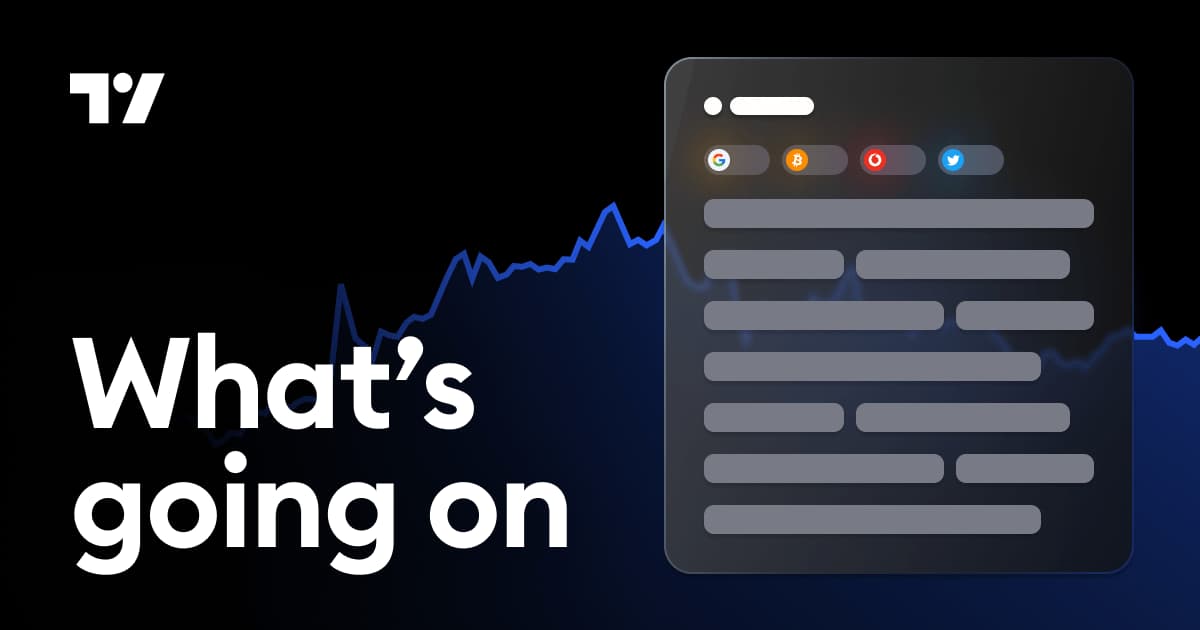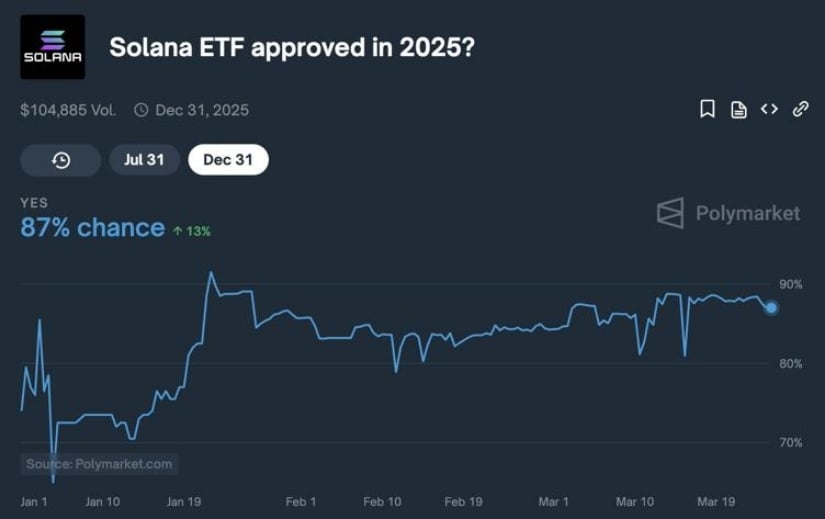Category: Forex News, News
Pound Sterling fails to benefit from upbeat data
- GBP/USD trades in a tight range near 1.2950 after posting gains on Thursday.
- Retail Sales in the UK rose at a stronger pace than expected in February.
- February PCE inflation data from the US will be scrutinized by market participants.
GBP/USD gathered bullish momentum and closed in positive territory on Thursday. The pair stays in a consolidation phase near 1.2950 in the European session on Friday as markets await the next key data release from the US.
British Pound PRICE This week
The table below shows the percentage change of British Pound (GBP) against listed major currencies this week. British Pound was the strongest against the Japanese Yen.
| USD | EUR | GBP | JPY | CAD | AUD | NZD | CHF | |
|---|---|---|---|---|---|---|---|---|
| USD | 0.45% | -0.22% | 0.86% | -0.19% | -0.29% | 0.33% | -0.03% | |
| EUR | -0.45% | -0.77% | -0.10% | -0.59% | -0.76% | -0.07% | -0.43% | |
| GBP | 0.22% | 0.77% | 1.05% | -0.45% | -0.02% | 0.71% | 0.24% | |
| JPY | -0.86% | 0.10% | -1.05% | -1.03% | -1.16% | -0.50% | -0.89% | |
| CAD | 0.19% | 0.59% | 0.45% | 1.03% | -0.05% | 0.52% | 0.16% | |
| AUD | 0.29% | 0.76% | 0.02% | 1.16% | 0.05% | 0.71% | 0.34% | |
| NZD | -0.33% | 0.07% | -0.71% | 0.50% | -0.52% | -0.71% | -0.29% | |
| CHF | 0.03% | 0.43% | -0.24% | 0.89% | -0.16% | -0.34% | 0.29% |
The heat map shows percentage changes of major currencies against each other. The base currency is picked from the left column, while the quote currency is picked from the top row. For example, if you pick the British Pound from the left column and move along the horizontal line to the US Dollar, the percentage change displayed in the box will represent GBP (base)/USD (quote).
The broad-based US Dollar (USD) weakness helped GBP/USD gain traction on Thursday as the auto tariffs announcement by US President Donald Trump revived concerns over an economic slowdown.
Early Friday, the UK’s Office for National Statistics reported that Retail Sales rose by 1% on a monthly basis in February. This reading followed the 1.4% increase (revised from 1.7%) recorded in January and came in better than the market expectation for a decrease of 0.3%.
Although the upbeat UK data helped Pound Sterling find demand with the immediate reaction, the risk-averse market atmosphere seems to be making it difficult for the pair to stretch higher. As of writing, US stock index futures were losing between 0.2% and 0.4% on the day.
The US Bureau of Economic Analysis will publish the Personal Consumption Expenditures (PCE) Price Index data, the Federal Reserve’s preferred gauge of inflation, for February. On a monthly basis, the core PCE Price Index is forecast to rise by 0.3%. A stronger-than-expected increase could support the USD with the immediate reaction and cause GBP/USD to stretch lower heading into the weekend. On the flip side, a soft reading of 0.1%, or lower, could help the pair stretch higher. Unless the risk mood improves, however, the pair’s upside is likely to remain capped.
GBP/USD Technical Analysis
GBP/USD manages to hold above the 100-period Simple Moving Average (SMA) on the 4-hour chart and the Relative Strength Index (RSI) indicator stays slightly above 50, reflecting a lack of bearish momentum.
On the downside, 1.2930 (20-day SMA) aligns as immediate support before 1.2900 (lower limit of the ascending regression channel) and 1.2800 (200-day SMA). Looking north, resistances could be spotted at 1.3000 (static level, round level) and 1.3040 (mid-point of the ascending channel).
Pound Sterling FAQs
The Pound Sterling (GBP) is the oldest currency in the world (886 AD) and the official currency of the United Kingdom. It is the fourth most traded unit for foreign exchange (FX) in the world, accounting for 12% of all transactions, averaging $630 billion a day, according to 2022 data.
Its key trading pairs are GBP/USD, also known as ‘Cable’, which accounts for 11% of FX, GBP/JPY, or the ‘Dragon’ as it is known by traders (3%), and EUR/GBP (2%). The Pound Sterling is issued by the Bank of England (BoE).
The single most important factor influencing the value of the Pound Sterling is monetary policy decided by the Bank of England. The BoE bases its decisions on whether it has achieved its primary goal of “price stability” – a steady inflation rate of around 2%. Its primary tool for achieving this is the adjustment of interest rates.
When inflation is too high, the BoE will try to rein it in by raising interest rates, making it more expensive for people and businesses to access credit. This is generally positive for GBP, as higher interest rates make the UK a more attractive place for global investors to park their money.
When inflation falls too low it is a sign economic growth is slowing. In this scenario, the BoE will consider lowering interest rates to cheapen credit so businesses will borrow more to invest in growth-generating projects.
Data releases gauge the health of the economy and can impact the value of the Pound Sterling. Indicators such as GDP, Manufacturing and Services PMIs, and employment can all influence the direction of the GBP.
A strong economy is good for Sterling. Not only does it attract more foreign investment but it may encourage the BoE to put up interest rates, which will directly strengthen GBP. Otherwise, if economic data is weak, the Pound Sterling is likely to fall.
Another significant data release for the Pound Sterling is the Trade Balance. This indicator measures the difference between what a country earns from its exports and what it spends on imports over a given period.
If a country produces highly sought-after exports, its currency will benefit purely from the extra demand created from foreign buyers seeking to purchase these goods. Therefore, a positive net Trade Balance strengthens a currency and vice versa for a negative balance.
Written by : Editorial team of BIPNs
Main team of content of bipns.com. Any type of content should be approved by us.
Share this article:










